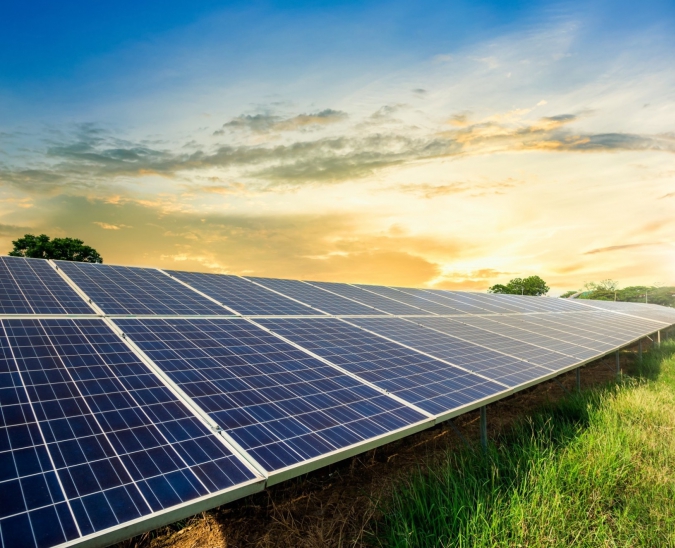
Clean sources with low greenhouse gas emissions, in particular solar and wind power, will play a key role in the energy transition towards carbon neutrality in 2050. Their share in the electricity generation mix is increasing due to massive deployment worldwide in recent years. Solar and wind power will provide around 12% of the world's electricity in 2022, a significant achievement compared to the 3% share in 2012, but still far from sufficient for climate goals.
To achieve the latter, the share would need to rise to more than 40% by 2030, with solar and wind power already accounting for around two-thirds of global electricity generation by 2050.
Solar energy prices have fallen by a fifth in ten years
The boom in renewable deployment has occurred in parallel with a virtual collapse in technology costs, with the lifetime unit cost of electricity (LCOE) for solar alone falling by 80% between 2012 and 2022, wind by 57-80% (onshore and offshore/offshore) and battery storage by 80%.
Although costs spiked after 2020 due to the coronavirus outbreak, the Russian-Ukrainian war and the extra demand in commodity markets from the green transition, prices may continue to fall after 2022. In the first half of 2023, solar and onshore wind power plants produced electricity at an average cost of $40 (full life cycle), roughly half the cost of coal and gas plants, offering the cheapest way to expand generation capacity.
And recent analyses suggest that, as demand for solar and wind power grows, driven by multiple drivers and technological progress, the solar LCOE could halve again by the end of the decade compared to today, while the cost of wind power could fall by a quarter by 2030. At the same time, solar and wind power generation could increase by 15-20% per year for the rest of the 2020s, which still seems insufficient to meet targets, but the good news for the future is that the recent expansion in solar and wind capacity has consistently exceeded analysts' expectations. The latter have been forced to revise their forecasts significantly upwards, mainly due to underestimates of the factors driving growth.
For example, the revised (non-final) new version of the Hungarian national energy and climate plan expects a reduction in investment costs for new wind power plants of only less than 6% by 2030 (compared to 2020 levels, in EUR/kW), while for photovoltaic solar power technology it expects a cost reduction of around 19% over the same period.
Source: Pár év alatt újra megfeleződhet a napenergia ára - Greendex
